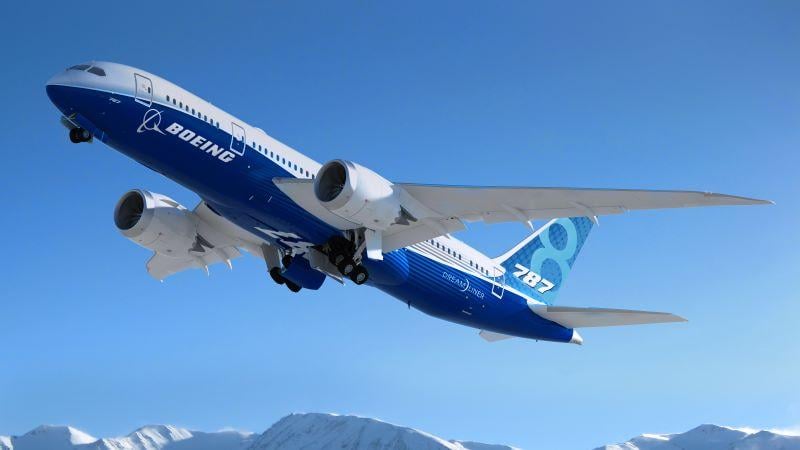Boeing Reveals New 787 Delays But Suggests Delivery Resumption In Sight

Credit: Boeing
Boeing’s 787 production-quality work required to satisfy FAA concerns and resume deliveries includes more extensive repairs than previously understood as well as some work on every aircraft, the company confirmed Jan. 26, adding that notional schedules that have some customers receiving aircraft in...
Subscription Required
This content requires a subscription to one of the Aviation Week Intelligence Network (AWIN) bundles.
Schedule a demo today to find out how you can access this content and similar content related to your area of the global aviation industry.
Already an AWIN subscriber? Login
Did you know? Aviation Week has won top honors multiple times in the Jesse H. Neal National Business Journalism Awards, the business-to-business media equivalent of the Pulitzer Prizes.

